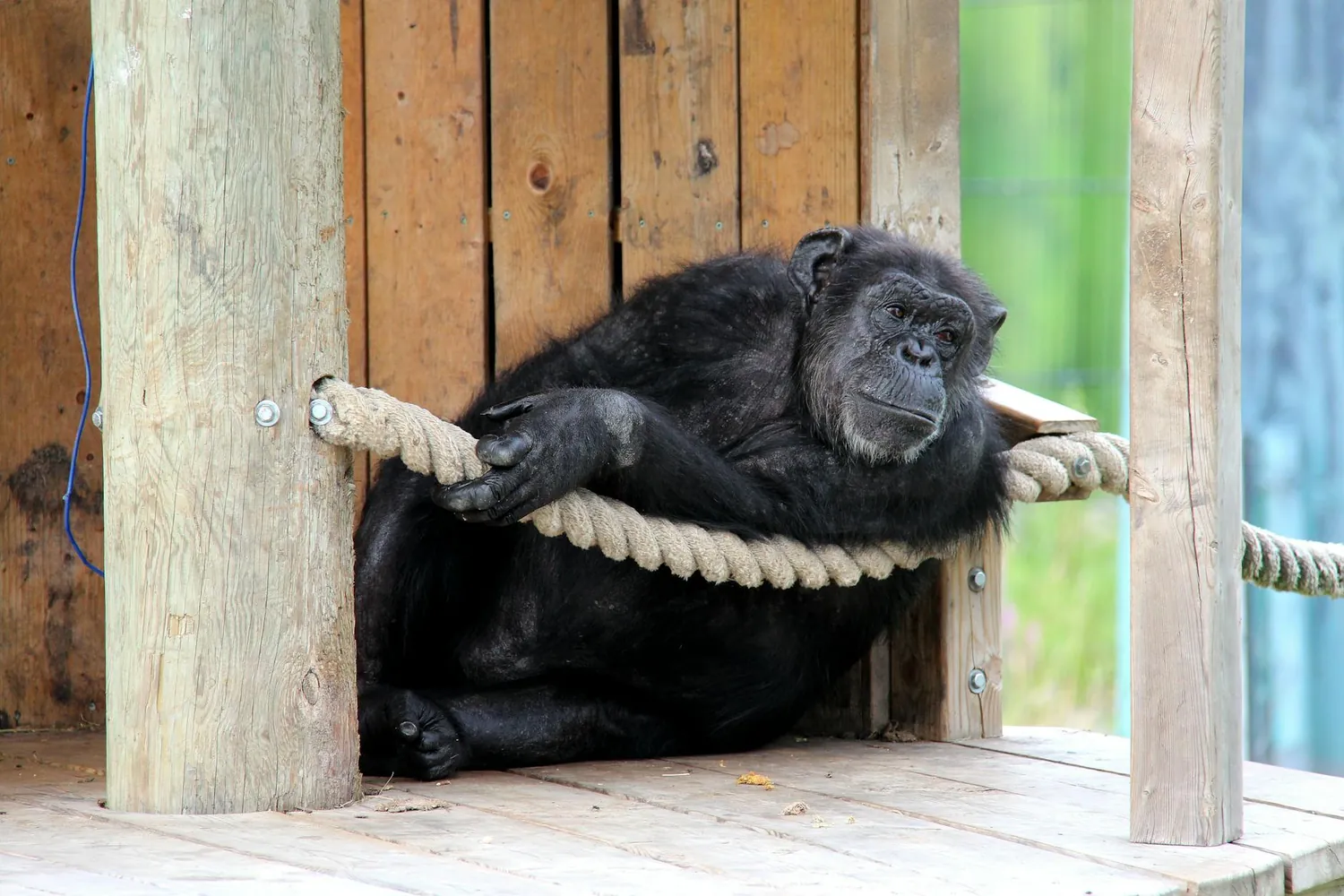Essential Strategies for Local Communities to Create Wildlife Sanctuaries

Identifying the Right Location: Land Acquisition
Establishing a wildlife sanctuary starts with finding the right location. The land you choose will determine the types of species that can thrive and the kind of conservation work that can be done. Ideally, communities should look for areas that already have some degree of ecological richness and connectivity to existing habitats.
For example, consider the success story of the Grassy River Sanctuary in Northern California. Local groups collaborated to purchase parcels of land adjacent to state parks, effectively expanding habitat corridors. This step was vital in connecting fragmented ecosystems, allowing species such as the elusive mountain lion to roam safely between protected areas.
Steps to Secure Land
- Conduct Ecological Surveys: Engage with ecologists to conduct thorough assessments of potential sites. These surveys help identify key species and habitats that would benefit from protection.
- Community Fundraising: Use local fundraising events and online campaigns to gather financial resources. The success of the Grassy River initiative largely hinged on crowdfunding platforms and community support.
- Partnerships: Establish partnerships with conservation NGOs and governmental bodies. These organizations can provide both expertise and financial backing.
Engaging Local Communities
The involvement of local communities is pivotal to the long-term success of any wildlife sanctuary. When residents feel a sense of ownership, they become more invested in its preservation and success.
The Pine Creek Reserve in Queensland, Australia, showcases how community involvement can shape conservation efforts. Local residents were given opportunities to volunteer, offering hands-on roles in daily sanctuary management and educational programs.
Building Community Relationships
- Educational Workshops: Host workshops to educate the community about local wildlife and the benefits of conservation efforts. Focus on practical actions like sustainable agriculture and waste management.
- Volunteering Opportunities: Offer structured volunteering programs where locals can engage in activities such as habitat restoration or wildlife monitoring.
- Cultural Inclusivity: Involve indigenous groups whose traditional knowledge can contribute significantly to ecological management practices.
Habitat Restoration Efforts
Restoring native habitats is critical for supporting biodiversity within sanctuaries. This often involves reversing damage caused by agriculture, deforestation, or urbanization.
The Tamarack Plains Project in Nebraska exemplifies effective habitat restoration. Teams reintroduced native grasses and controlled invasive species, which had a profound impact on local wildlife populations, including increasing the prairie chicken numbers by over 40% within five years.
Key Habitat Restoration Activities
- Native Plant Reintroduction: Use seeds and plants sourced from local nurseries to restore native flora.
- Invasive Species Management: Regularly monitor and manage invasive species through mechanical removal or targeted herbicide application.
- Rewilding Efforts: Introduce or encourage the return of native fauna that play crucial ecological roles, such as pollinators or seed dispersers.
Sustainable Management and Monitoring
A wildlife sanctuary must have sustainable management practices that include continuous monitoring of ecological health. This ensures that conservation goals are met and allows for adaptive management strategies.
The Blue Lake Wetlands Project in Florida utilizes a data-driven approach. By leveraging technology such as drone surveillance and remote sensors, they track environmental changes and wildlife movements, enabling rapid response to ecological threats like pollution or disease outbreaks.
Implementing Effective Management Practices
- Data Collection: Invest in modern technologies for tracking wildlife health and habitat conditions. Drones and GPS collars offer non-invasive monitoring options.
- Regular Reporting: Maintain transparency with stakeholders through regular reports on sanctuary health and conservation outcomes.
- Adaptive Strategies: Use collected data to inform adaptive management practices, ensuring that strategies can evolve based on real-world conditions.
Navigating Legal and Regulatory Frameworks
Navigating legal regulations is an essential part of establishing a wildlife sanctuary. This includes obtaining necessary permits and ensuring compliance with environmental laws.
The success of the White River Wildlife Reserve in Oregon was partly due to a proactive approach towards regulatory challenges. Community leaders worked closely with legal experts to negotiate land use agreements and fulfill environmental impact assessments.
Navigating the Legal Landscape
- Environmental Impact Assessments: Conduct comprehensive assessments as required by law to understand the impact of establishing a sanctuary.
- Zoning Regulations: Ensure that land use complies with local zoning laws. This might involve petitioning for rezoning or exemptions.
- Long-term Legal Support: Establish a relationship with legal experts who can provide ongoing support regarding conservation laws and property rights issues.
